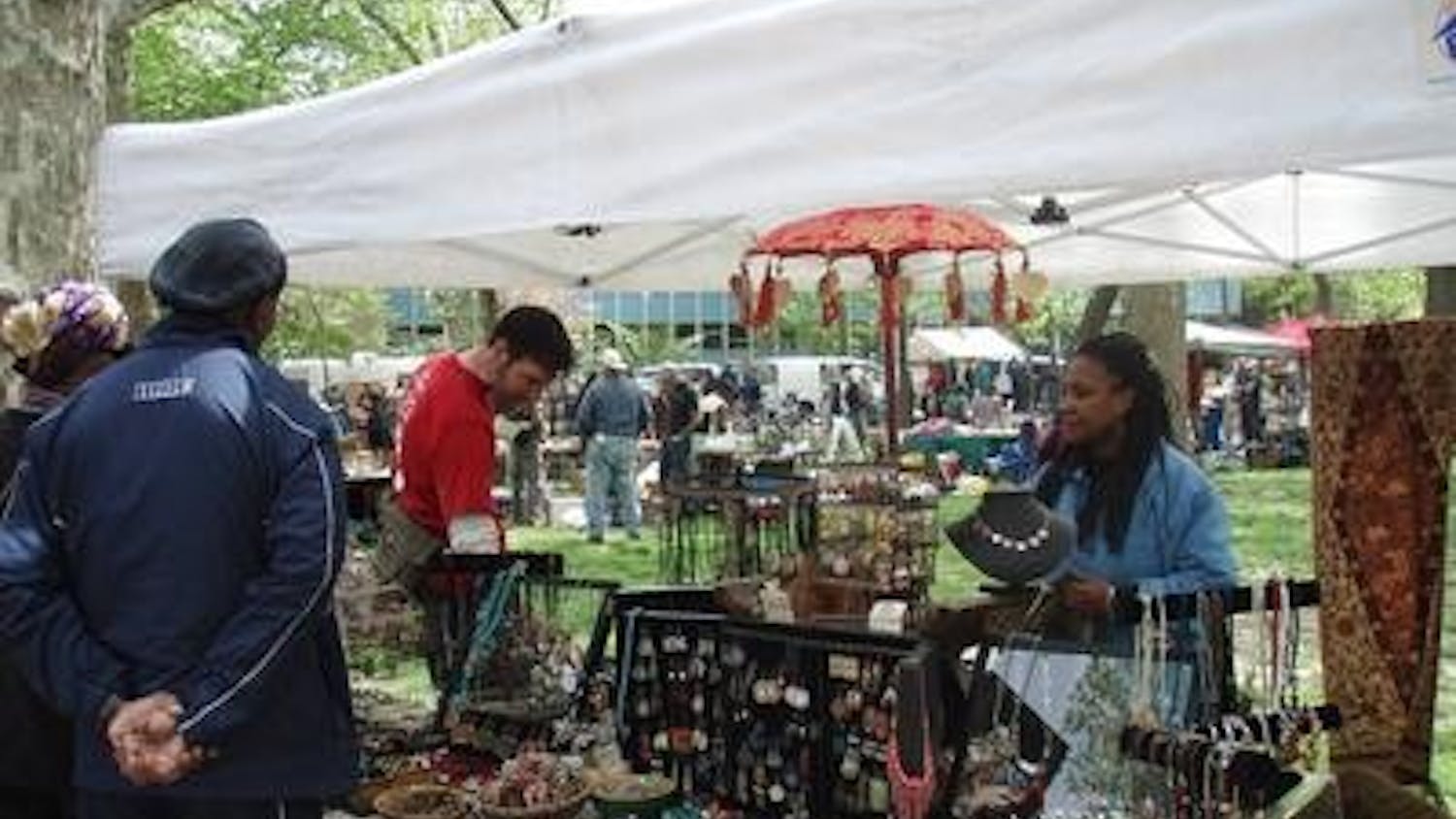Before you tango, you must learn to walk. Often misunderstood, tango is more about the caminada, or basic walking step, than clenching a thorny rose between your teeth. Friday night milongas, or dance parties, transform the second floor of the University City Arts League into an informal, but spirited ballroom. Despite an almost equal breakdown of the sexes, beautiful women in flowing skirts and towering dance shoes gladly pair up with wiry middle-aged men who know how to lead. Before things on the dance floor really heat up, anyone from beginner to dancing queen is welcome to try out their moves. At nine, a tango crash course is offered to those in need of a few steps to promenade around the floor with. Around 10:30, the regular crowd arrives with the understanding that the main dance floor is theirs, and open only to those able to navigate it. If you're too timid to brave the floor, there's a small adjacent studio for practice or grabbing a quick bite from the snack table. Soon it will be time to test out your footwork on the main floor. Don't worry about making a few blunders, genuine dancers of the Argentine Tango are too laid-back to hold grudges. In reality, true tango is rooted in originality and spontaneity. According to co-instructor Kelly Ray, tango evolved in the sultry dance halls of early 20th century Argentina. Criticized for being "too passionate and too sexy," tango was absorbed by European ballroom dancers who rigidly standardized its steps. Since then, Argentine tango has been rediscovered by people like Kelly Ray and Lesley Mitchell who sponsor dance parties, potluck dinners and teach both informal and ongoing classes. Those with rythm are as welcome as those without. Philadelphia's tango community will be beside you, and you'll learn quickly, or at least enjoy a people-watching opportunity of a lifetime.
Culture: Tango de la Muerte
34th Street is an independent, student-run arts & culture magazine. Please consider making a donation to support the coverage that shapes the University. Your generosity ensures a future of strong journalism at Penn.
Donate





